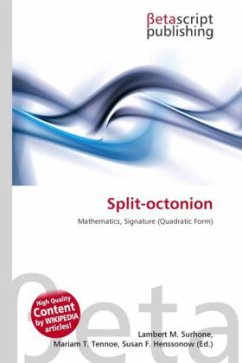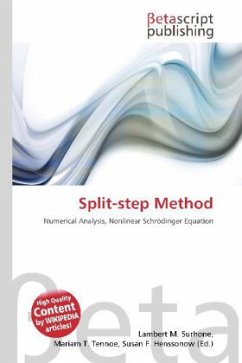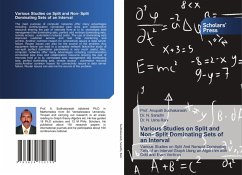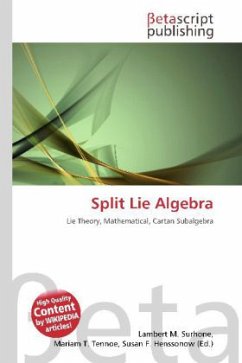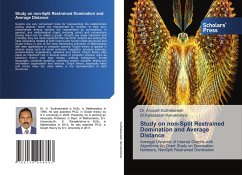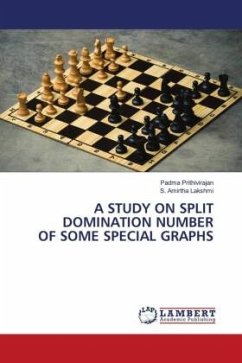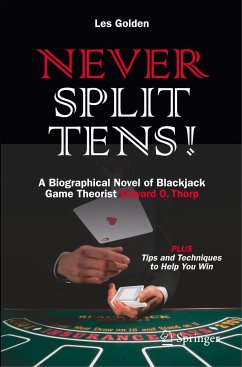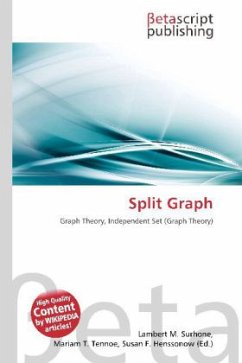
Split Graph
Versandkostenfrei!
Versandfertig in 6-10 Tagen
23,99 €
inkl. MwSt.

PAYBACK Punkte
12 °P sammeln!
Please note that the content of this book primarily consists of articles available from Wikipedia or other free sources online. In graph theory, a branch of mathematics, a split graph is a graph in which the vertices can be partitioned into a clique and an independent set. Split graphs were first studied by Földes and Hammer (1977a, 1977b), and independently introduced by Tyshkevich and Chernyak (1979). Note that the partition into a clique and an independent set need not be unique; for instance, the path a b c is a split graph, the vertices of which can be partitioned in three different ways...
Please note that the content of this book primarily consists of articles available from Wikipedia or other free sources online. In graph theory, a branch of mathematics, a split graph is a graph in which the vertices can be partitioned into a clique and an independent set. Split graphs were first studied by Földes and Hammer (1977a, 1977b), and independently introduced by Tyshkevich and Chernyak (1979). Note that the partition into a clique and an independent set need not be unique; for instance, the path a b c is a split graph, the vertices of which can be partitioned in three different ways: 1. the clique {a,b} and the independent set {c} 2. the clique {b,c} and the independent set {a} 3. the clique {b} and the independent set {a,c} Split graphs can be characterized in terms of their forbidden induced subgraphs: a graph is split if and only if no induced subgraph is a cycle on four or five vertices, or a pair of disjoint edges (the complement of a 4-cycle).




